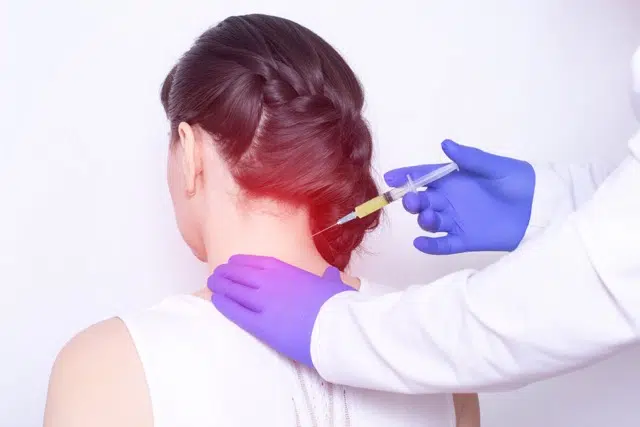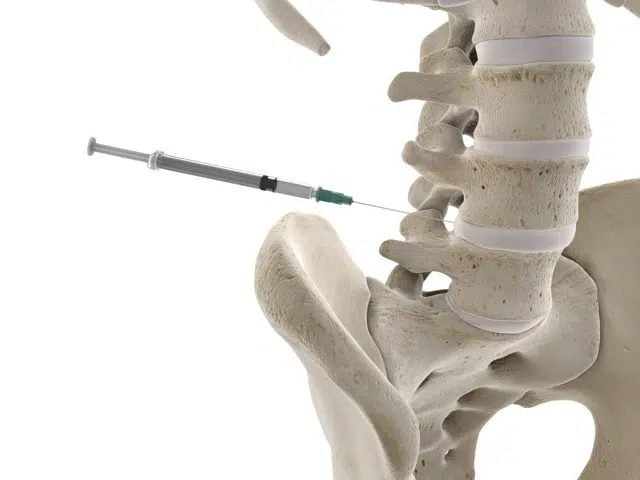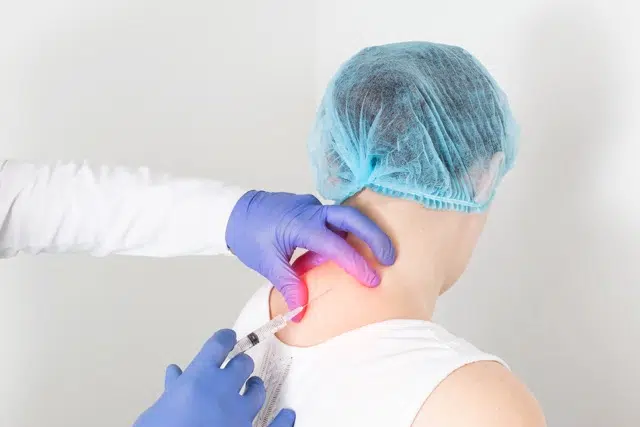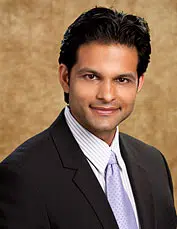Call Now!
Torrance Office: +1 (424) 360-0155

Cervical facet joints are tiny joints on the back and side of your neck that are found in pairs. These joints in your spine provide stability and mobility guidance. Arthritis, injury, or mechanical stress can all cause discomfort in the joints. The cervical facet joints can induce headaches, neck pain, shoulder pain, and arm pain.
Facet joint injection is a great treatment for the pain in these joints. Here's a guide to cervical facet joint injections to know more about it.

Facet joint injections cervical spine is a common treatment used by doctors to address a wide variety of pain. The procedure is designed to address the pain that is coming from a joint in the neck. The cervical vertebrae make up the portion of the spinal cord that connects the back to the skull, and the facet joints give the spinal column its mobility. From time to time, these vertebrae can become inflamed, and a facet joint injection can be used to address this inflammation.
Typically, the procedure is done using Imaging guidance. This makes it easier for the doctor to place the injection exactly where it should be. In some situations, contrast material might be used to enhance the quality of the image. Once the location has been confirmed, the doctor will inject a mixture of anti-inflammatory medication, such as a steroid, and anesthetic medication, such as lidocaine, which will reduce the pain and inflammation.
There are several examples of individuals who can benefit from cervical facet injections. A few examples include:
Each case is handled on a case-by-case basis, which is why it is important for people who suffer from neck or back pain to reach out to a doctor as quickly as possible. The sooner the issue is diagnosed, the faster it can be treated.
When you arrive for this procedure, there are several steps that will unfold. They include:

You should expect the physician to give you a chance to ask questions prior to the procedure. We will address all of your concerns before we get started.
If you are interested in cervical facet joint injections for pain management, it would be our pleasure to assist you. At Rolling Hills Medical, we always place the needs of our patients ahead of our own, and we would be happy to do the same for you. A member of our team will work with you personally to make sure you have a care plan that has been customized to meet your needs.
